I asked myself what my strongest perception is of being in London. It is a mixture of images and sound: the sheer volume of the movement of crowds and vehicles in the street, together with all accompanying sounds, colours, and smells, and not forgetting to mention the noise of all kinds of sirens, the occasional hovering of helicopters and the many aircraft flying low or crisscrossing the sky as the vapour trails attest to it.
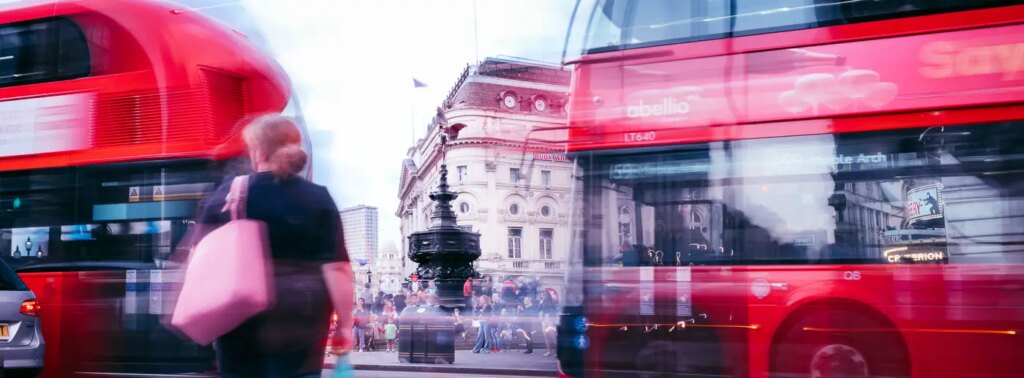
The ebb and flow of this constant state of motion, this cacophony which is more or less strident depending on the time of day, is in large measure what creates a picture of this city for me. A picture that I believe is part of my own “automatic pilot” – i.e., all those things of which we are not readily aware unless we try to think about them.
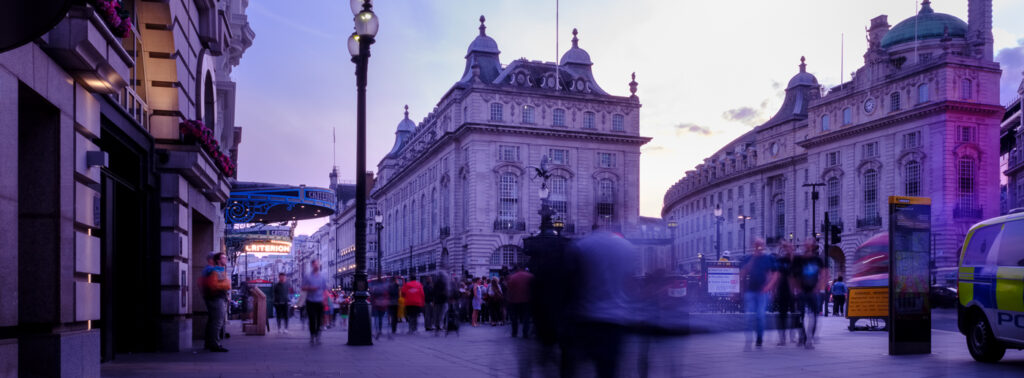
Could I condense all this jumble of disparate facts and details into a few photographs that take the pulse of London?
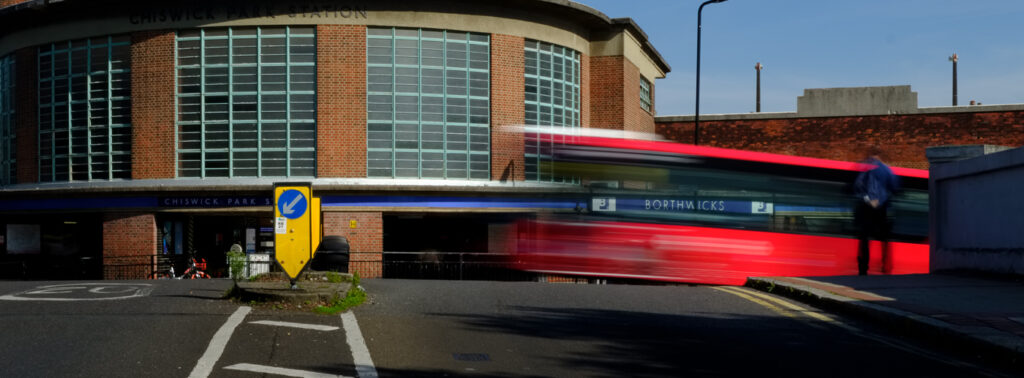
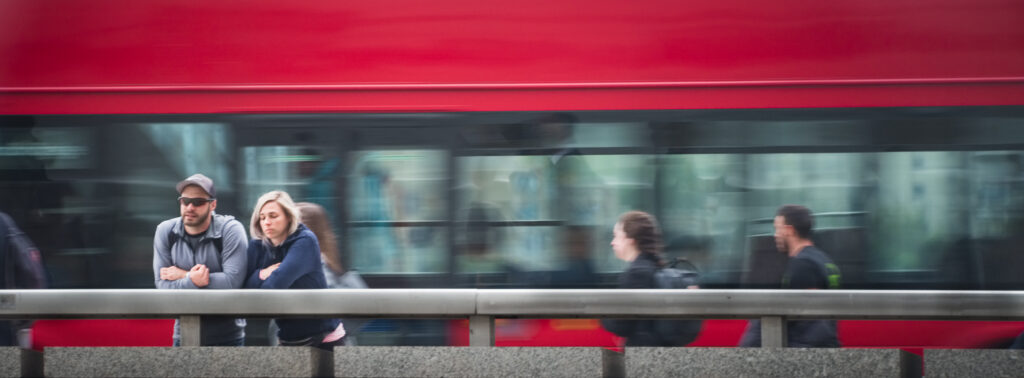
For guidance on what to photograph, I scrutinised my personal mythology of London. I tried to bring to light what is in essence part of my “automatic pilot” when I think of London. It is full of the tension of opposites, together with clusters of disconnected elements. London is home to some of the ultra-rich as well as those who find themselves queuing up at a soup kitchen. It is home for me. Some of my mythology of the city comes from what I read or heard, and then probably forgotten, and it could be facts or stories connected with politics, culture, maybe even the economy. Part of it must come from my daily experience of relying on its vast and not always efficient network of public transport which includes the tube, where, on a typical ride, you can often hear conversations or phone calls in many languages. I chose to photograph in spots of Central London frequented by tourists, as well as in West London, and Greenwich.
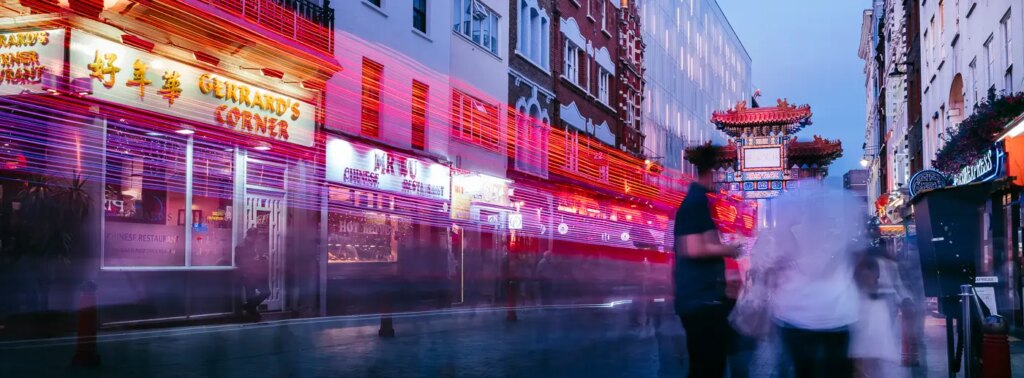
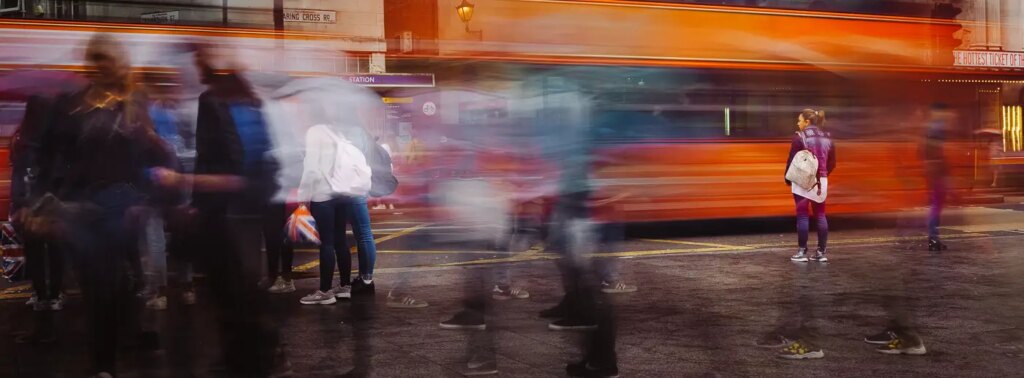
I gave movement a leading role by intentionally inverting the hierarchy of background and foreground in all these photographs. I brought the flow of people and things to a position in the foreground, instead of relegating it to the backdrop of the image.
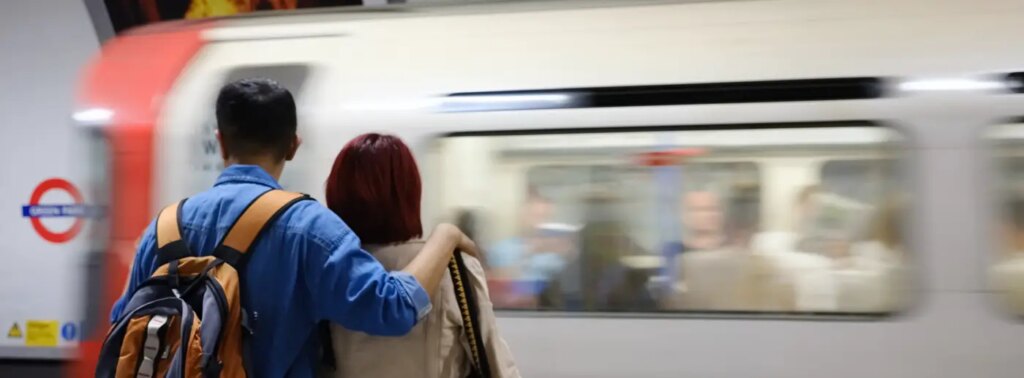
We all know from experience that we get on with our daily routines oblivious to the rumble of traffic, the colour of the cars and buses going up and down the street, or the fact that we are greeted by a London-specific absence of silence the moment we step out of a building.
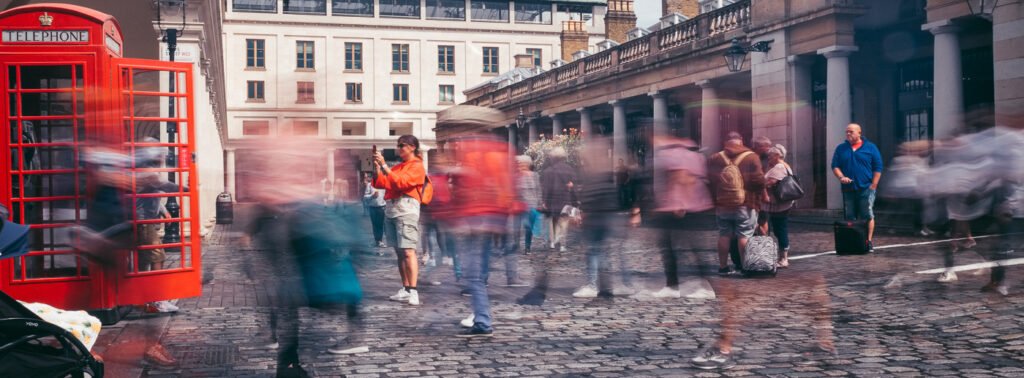
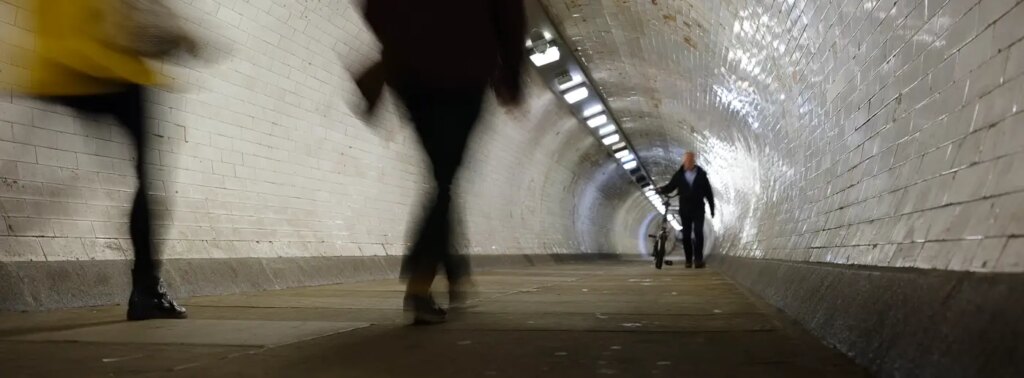
Motion and the sense of perpetual movement are a feature that appears as a constant in my own image of the city. The blurs I photographed add a see-through quality to solid objects.
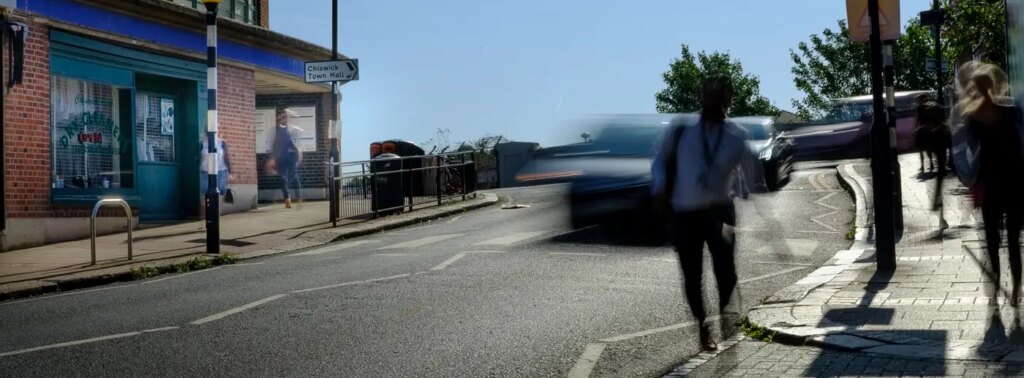
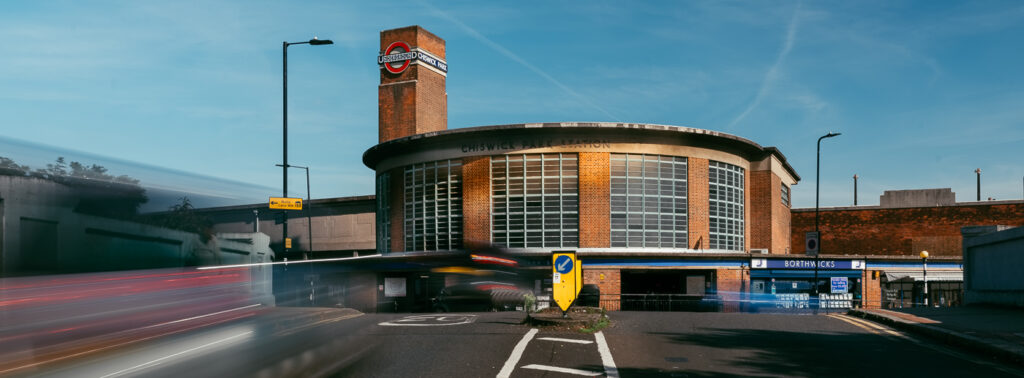
One more thought on the nature of movement. Whenever there is movement, there is always a becoming. One thing becomes another. If I were to explain differently my task in this project, I would say that I aimed to photograph journeys of becoming. The blurs in the photographs depict the bridges created by travel from point A to point B. Our naked eyes do not see those “in-between” times. Our mind’s eye does. A long exposure is an artifice that does too: passing vehicles become trails of lights or shapes akin to brushstrokes of colour. People become like ghosts of themselves or a succession of traces of the different positions they occupied for the duration of the photographic exposure. To me, it all appeared often as a kind of motion with a life of its own, as if it did not require agents for its existence and therefore, if the movement I was photographing could do away with the people and things that support it physically.
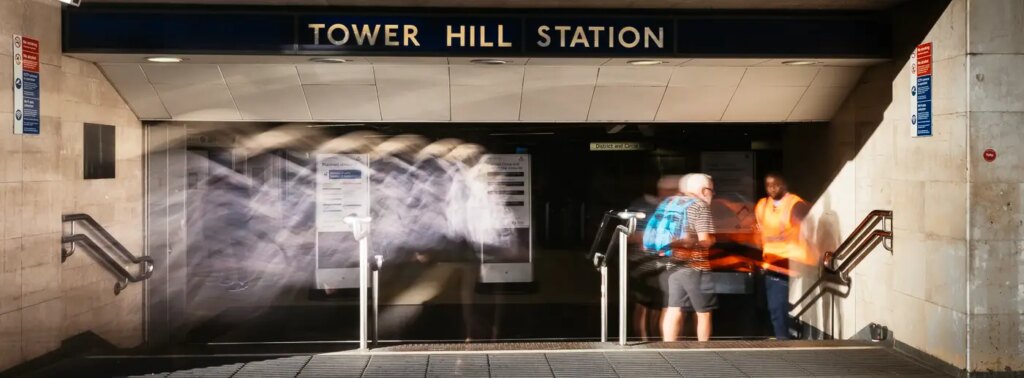
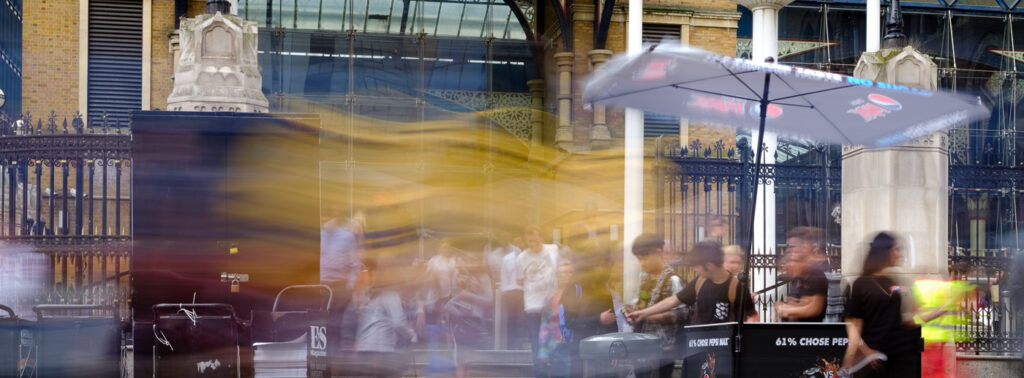
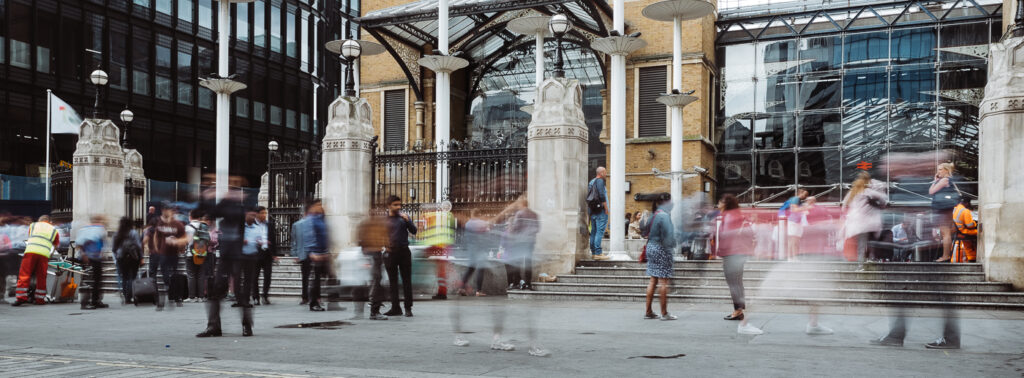
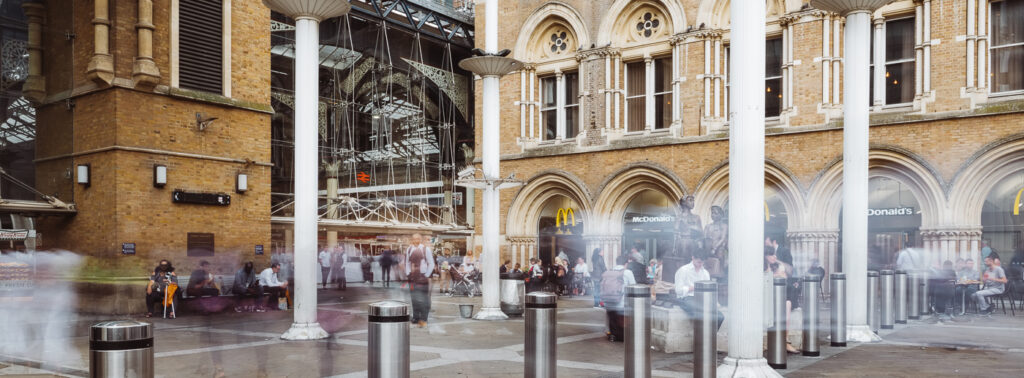
The question seems to remain: the pulse of the city, or an attempt to make visible what is part of my own created picture of London? The answer is open-ended. Objectivity might not be possible, or even relevant for this project. I have searched within and focused on the city where I live, and now I would like to leave the reader with three more photographs.
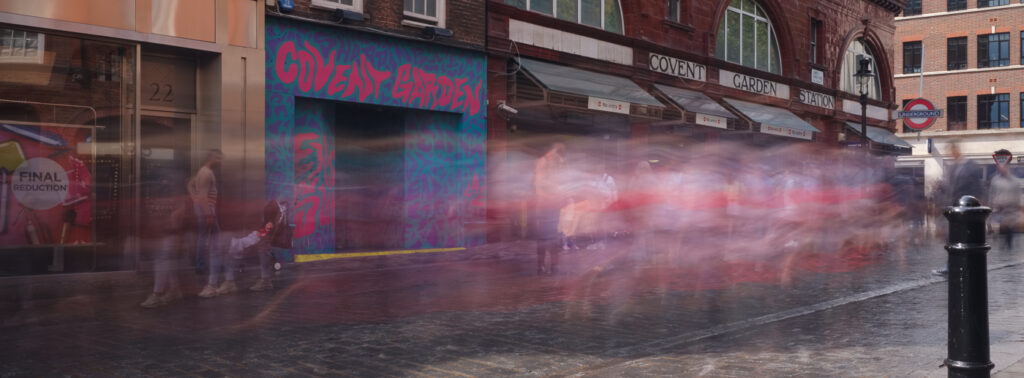
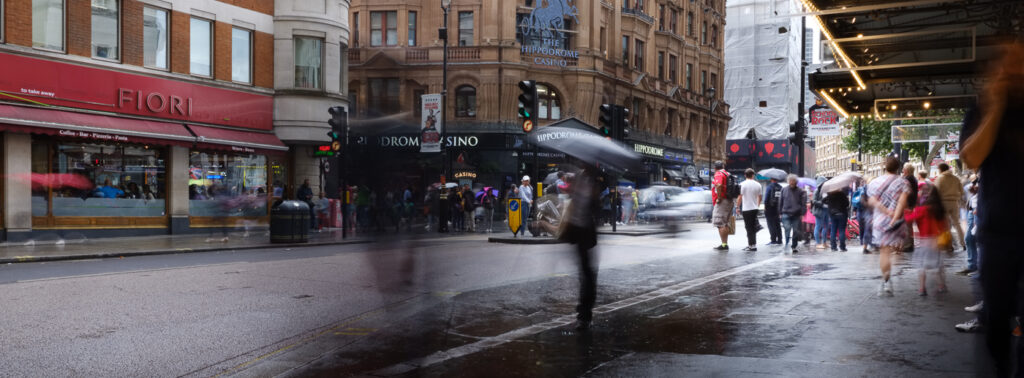
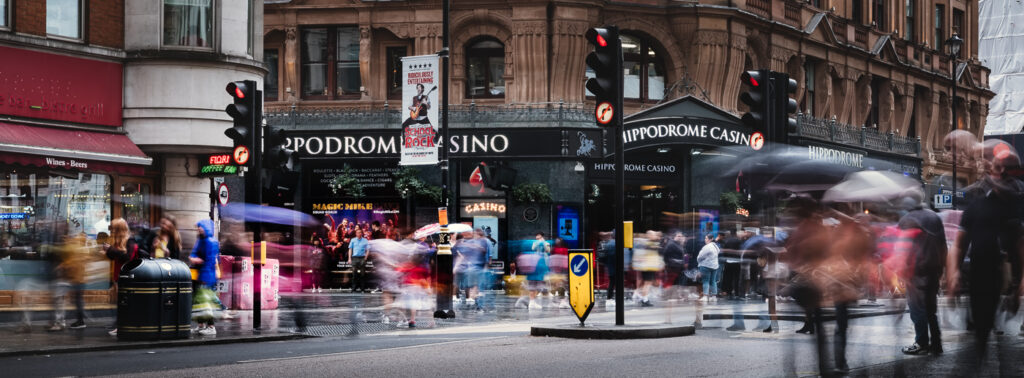
I photographed with a Fujifilm GFX 50 R camera I had on loan for 3 weeks, except for the pictures taken in West London, for which I used a Fujifilm GFX 100 (original) body that I was able to borrow for about three-quarters of an hour. I used for most of the pictures the Fujinon 32 to 64 mm f/4 zoom that came in the bag with the 50 R loan camera. I stopped it down to its smallest aperture, f/32, whenever it was possible. For all daytime images, I gave the lens “variable sunglasses”: I used the high-quality fader filter I normally reserve for video work. For most of the photographs, the cameras were placed on the sturdiest of my tripods. Exposure times never exceeded 10 or 15 seconds, and the cameras were set at the lowest native ISO, unless the photograph had to be taken with the camera in my hands, in which case I would do the usual: speed up the shutter (but not too much, as I wanted to capture motion blur), open the lens and/or raise the sensitivity. On several occasions, I adapted liberally from my arsenal of F-mount lenses, for example, the USSR-made mirror lens, the LZOS (Lytkarino Optical Glass Factory) 3M-5A 500 mm f./8 that I used for one of the images I selected for this article. I settled on the panoramic aspect ratio of 24:65 because the width of a panorama makes an image look truer to the world seen with both eyes open. The coverage offered by the F-mount lenses was good, as the 24:65 aspect ratio is a crop on the 33 by 44 mm imaging sensor in the GFX bodies. The resulting pictures are either 25 or 50 megapixels in size, depending on the body in use. The selection of lenses (or the position of the zoom) was simply guided by whether I wanted to take in more or less of the scene. All these photographs were taken a few months before the start of COVID times.
Share this post:
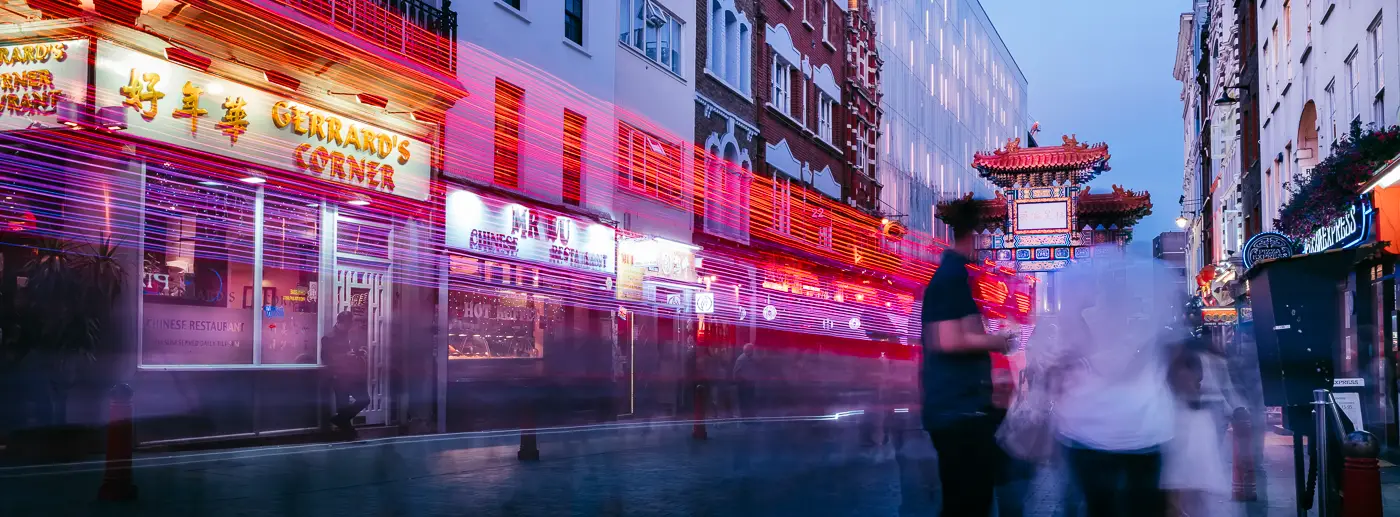
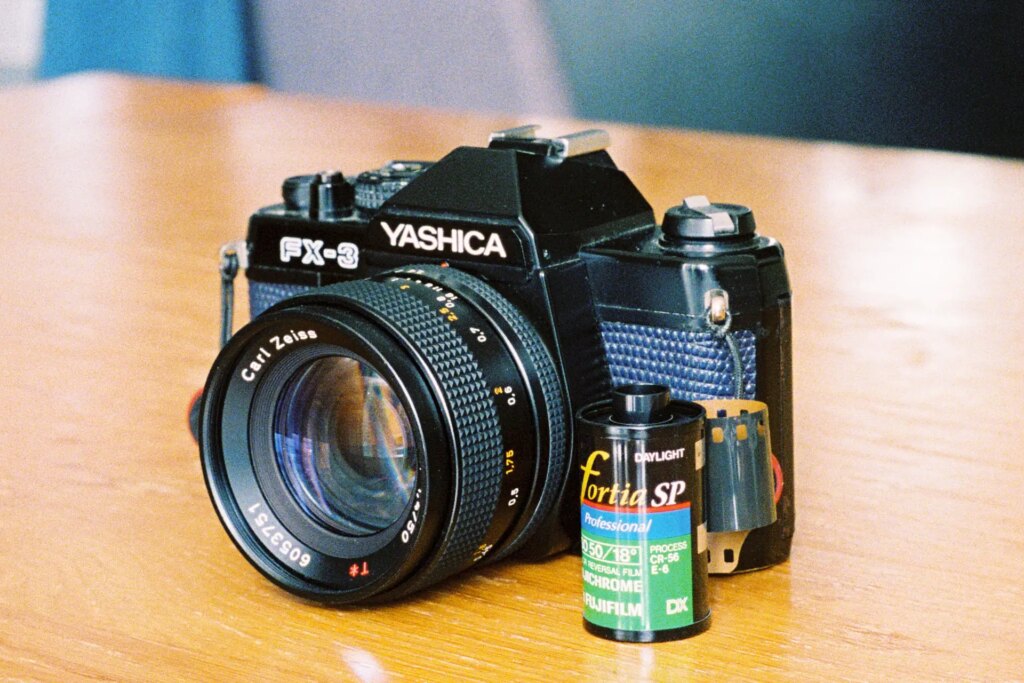
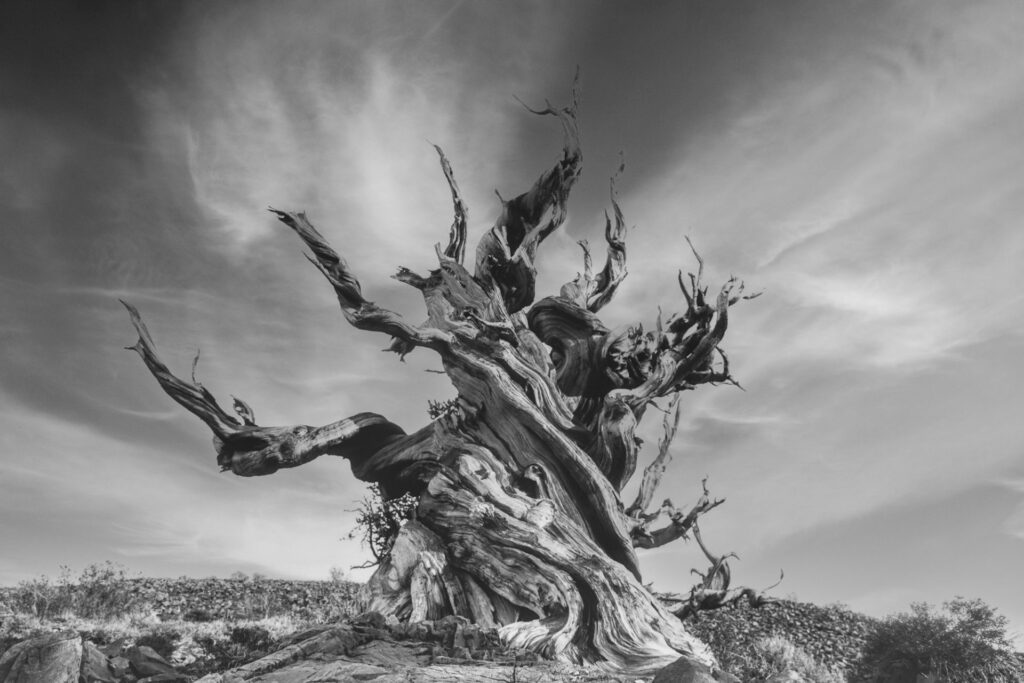
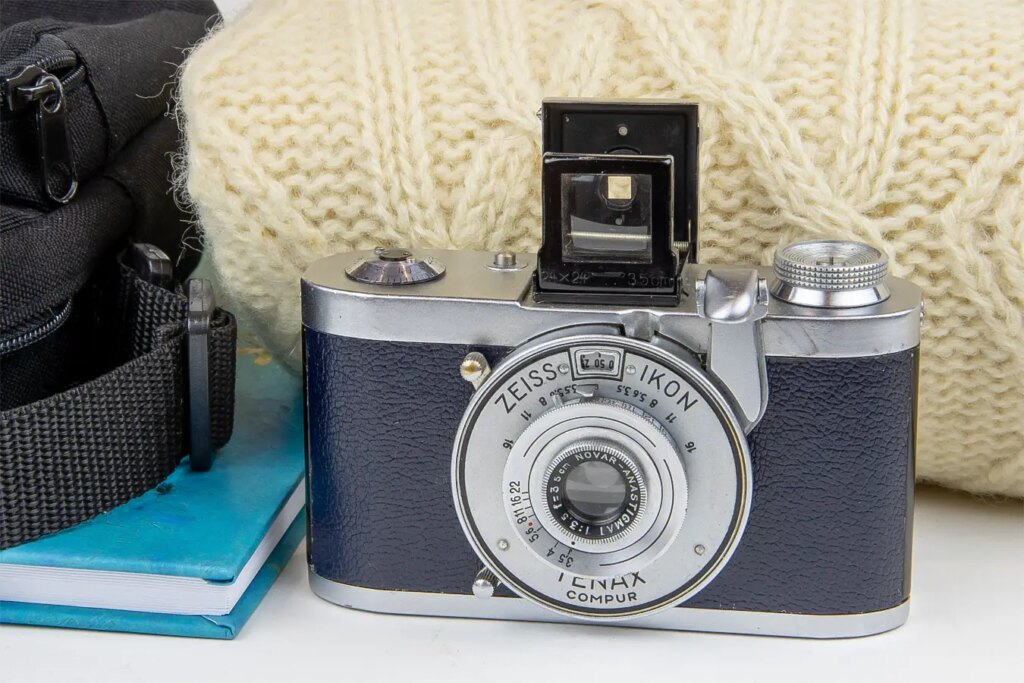
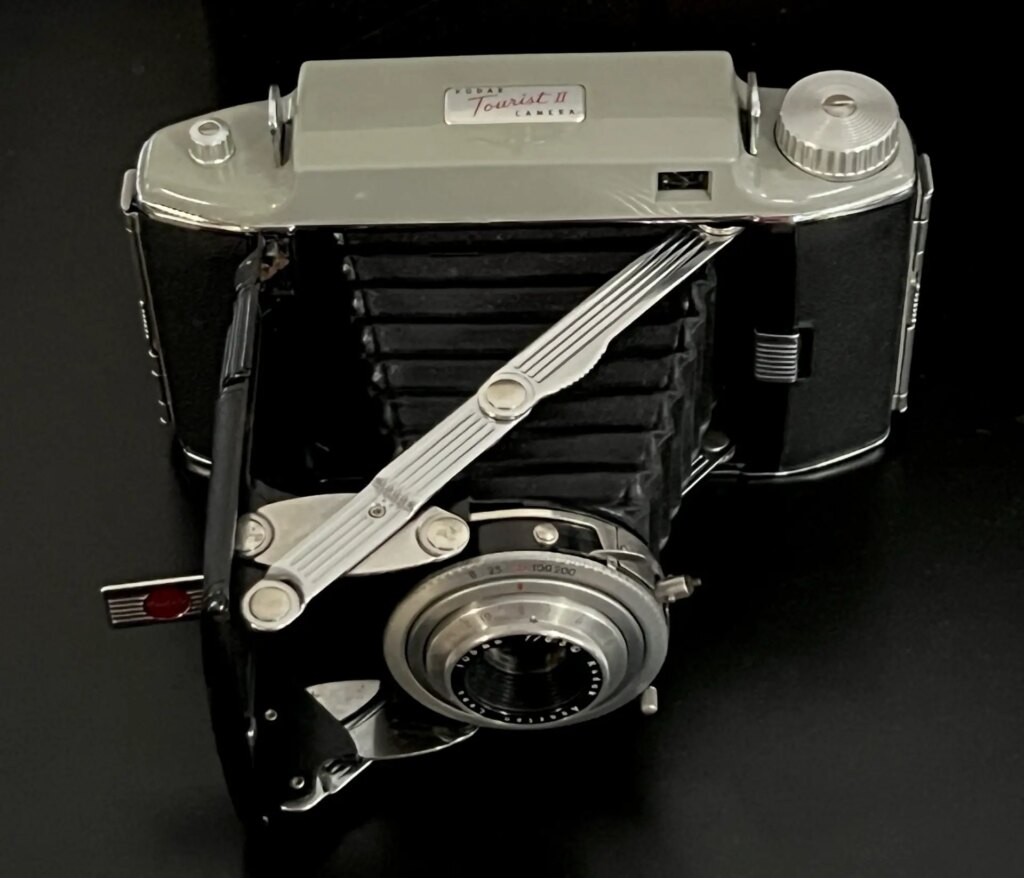




Comments
Alec Brown on Blur as protagonist: an attempt to take the pulse of the city
Comment posted: 02/01/2024
Truly inspirational.
Comment posted: 02/01/2024
Geoff Chaplin on Blur as protagonist: an attempt to take the pulse of the city
Comment posted: 02/01/2024
Comment posted: 02/01/2024
Comment posted: 02/01/2024
Comment posted: 02/01/2024
Frank Williams on Blur as protagonist: an attempt to take the pulse of the city
Comment posted: 02/01/2024
Frank Williams
Comment posted: 02/01/2024
Erik Brammer on Blur as protagonist: an attempt to take the pulse of the city
Comment posted: 02/01/2024
Comment posted: 02/01/2024
Tony Warren on Blur as protagonist: an attempt to take the pulse of the city
Comment posted: 02/01/2024
Tony.
Comment posted: 02/01/2024
Gary on Blur as protagonist: an attempt to take the pulse of the city
Comment posted: 03/01/2024
Comment posted: 03/01/2024
Bradley Newman on Blur as protagonist: an attempt to take the pulse of the city
Comment posted: 03/01/2024
Comment posted: 03/01/2024
Danilo Leonardi on Blur as protagonist: an attempt to take the pulse of the city
Comment posted: 03/01/2024
Art Meripol on Blur as protagonist: an attempt to take the pulse of the city
Comment posted: 03/01/2024
Comment posted: 03/01/2024
Charles Higham on Blur as protagonist: an attempt to take the pulse of the city
Comment posted: 04/01/2024
Comment posted: 04/01/2024